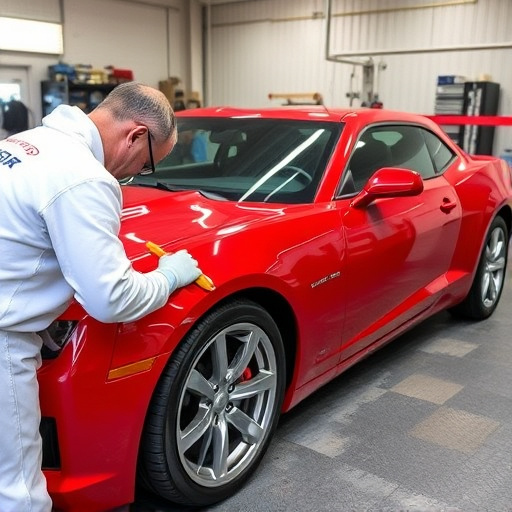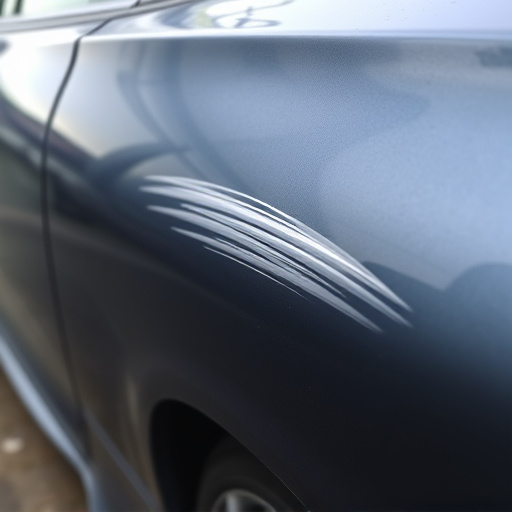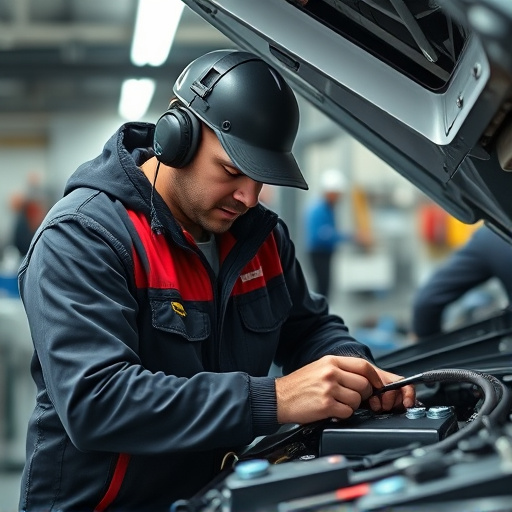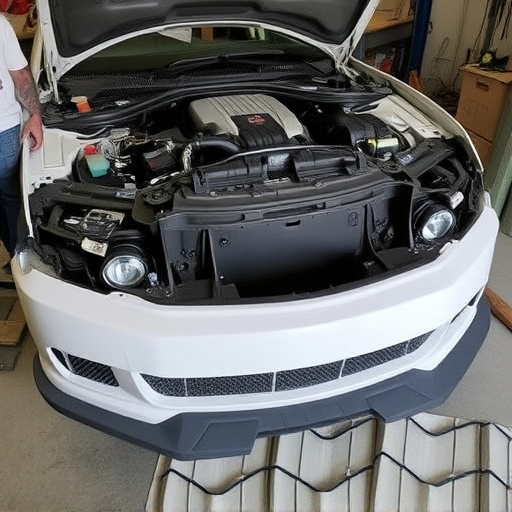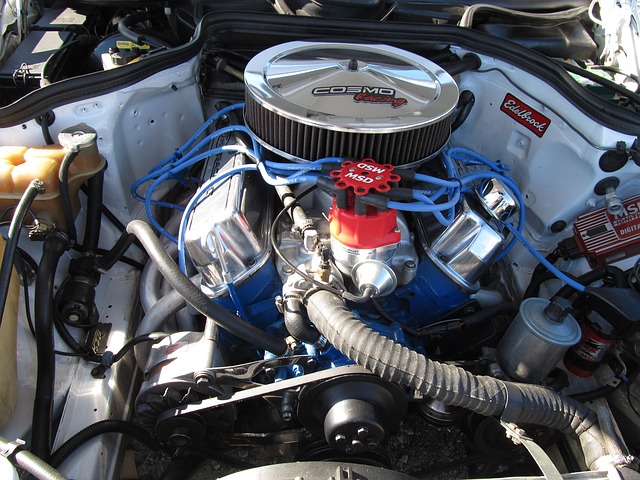Mercedes ADAS calibration is a vital process ensuring the safe and efficient operation of the brand's advanced driver-assistance systems (ADAS). It involves fine-tuning sensors, cameras, and radar components for seamless integration and accurate driver assistance. A well-calibrated system enhances road safety by enabling precise assessments of road conditions and obstacles, executing exact steering corrections to prevent accidents. Regular calibration also maintains system integrity post-repairs, optimizing performance and safety features while minimizing malfunctions, repair costs, and diagnostics time.
Mercedes ADAS calibration is a critical process ensuring the safety and efficiency of their advanced driver-assistance systems (ADAS). This intricate procedure fine-tunes sensors for precise steering assist, enhancing the overall driving experience. By calibrating ADAS sensors, Mercedes guarantees optimal performance, enabling vehicles to navigate with enhanced awareness and control. This article explores the significance of calibration, delving into its role as a foundation for reliable system integration, ultimately contributing to safer and more enjoyable drives.
- Understanding Mercedes ADAS Calibration: A Foundation for Safe Steering Assist
- The Process of Calibrating ADAS Sensors for Optimal Performance
- Benefits and Impact on System Integration: Ensuring Seamless Driving Experience
Understanding Mercedes ADAS Calibration: A Foundation for Safe Steering Assist

Mercedes ADAS calibration forms the bedrock for ensuring the safe and efficient operation of the brand’s Steering Assist systems. This meticulous process involves fine-tuning various sensors, cameras, and radar components to work in harmony, providing drivers with a reliable assistance experience. It’s not just about aligning tools; it requires an understanding of vehicle dynamics and driver behavior to calibrate responses accurately.
A well-calibrated Mercedes ADAS system means the car can accurately gauge road conditions, detect obstacles, and make precise steering corrections. This is crucial for preventing accidents, especially in complex driving scenarios. Regular calibration also ensures that auto glass repair or vehicle body repair following an incident doesn’t compromise the system’s integrity, maintaining optimal performance and safety features.
The Process of Calibrating ADAS Sensors for Optimal Performance

The process of calibrating ADAS (Advanced Driver-Assistance Systems) sensors is a meticulous task that ensures Mercedes vehicles maintain their steering assist system integration for optimal performance and safety. It involves a series of steps designed to fine-tune the sensors’ accuracy, responsiveness, and inter-sensor communication. Auto body shops specializing in Mercedes ADAS calibration use advanced tools to verify each sensor’s functionality, including cameras, radars, and lidars. These components work in harmony to detect and interpret the vehicle’s surroundings, enabling features like adaptive cruise control, lane keeping assist, and automatic emergency braking.
Proper calibration ensures that these sensors accurately map the car’s environment, even in complex scenarios such as low-light conditions or harsh weather. It involves adjusting parameters like field of view, sensitivity, and signal processing algorithms to match the specific vehicle model and its expected performance. This meticulous process not only enhances the overall driving experience but also plays a crucial role in preventing accidents by ensuring that the ADAS systems react swiftly and accurately to potential hazards, much like how a well-bodywork car requires regular maintenance for optimal performance on the road.
Benefits and Impact on System Integration: Ensuring Seamless Driving Experience
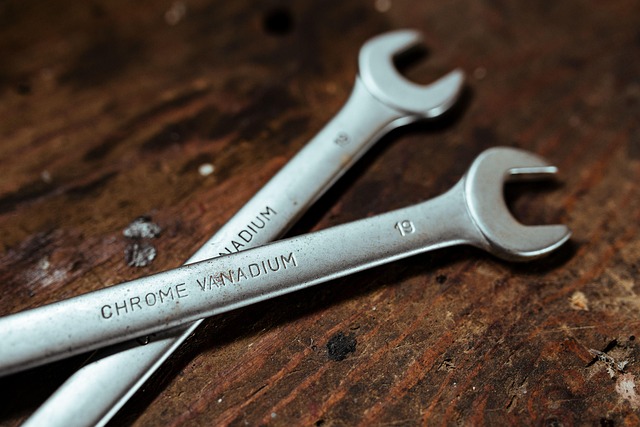
Mercedes ADAS calibration plays a pivotal role in maintaining the integrity and performance of the steering assist system, delivering a seamless driving experience. By precisely calibrating advanced driver-assistance systems (ADAS), vehicle sensors can accurately detect road conditions, obstacles, and other vehicles, enabling the steering assist to respond swiftly and effectively. This ensures drivers have a confident and controlled ride, enhancing safety and comfort.
The benefits extend beyond individual driving satisfaction. For auto repair shops and those involved in auto maintenance, proper ADAS calibration is crucial for system integration and overall vehicle performance. It minimizes the risk of malfunctions that could lead to costly repairs and inconvenient downtimes. Moreover, it facilitates efficient vehicle diagnostics, allowing mechanics to quickly identify and rectify any issues related to ADAS components, such as cameras or sensors, using methods like paintless dent repair techniques for minor damages.
Mercedes ADAS calibration is a critical process that ensures the safe and seamless integration of the steering assist system. By accurately calibrating sensors, the vehicle can navigate roads with enhanced precision, providing drivers with a more secure and responsive driving experience. This meticulous approach to calibration is what sets Mercedes apart in the automotive industry, offering a superior level of safety and performance.
